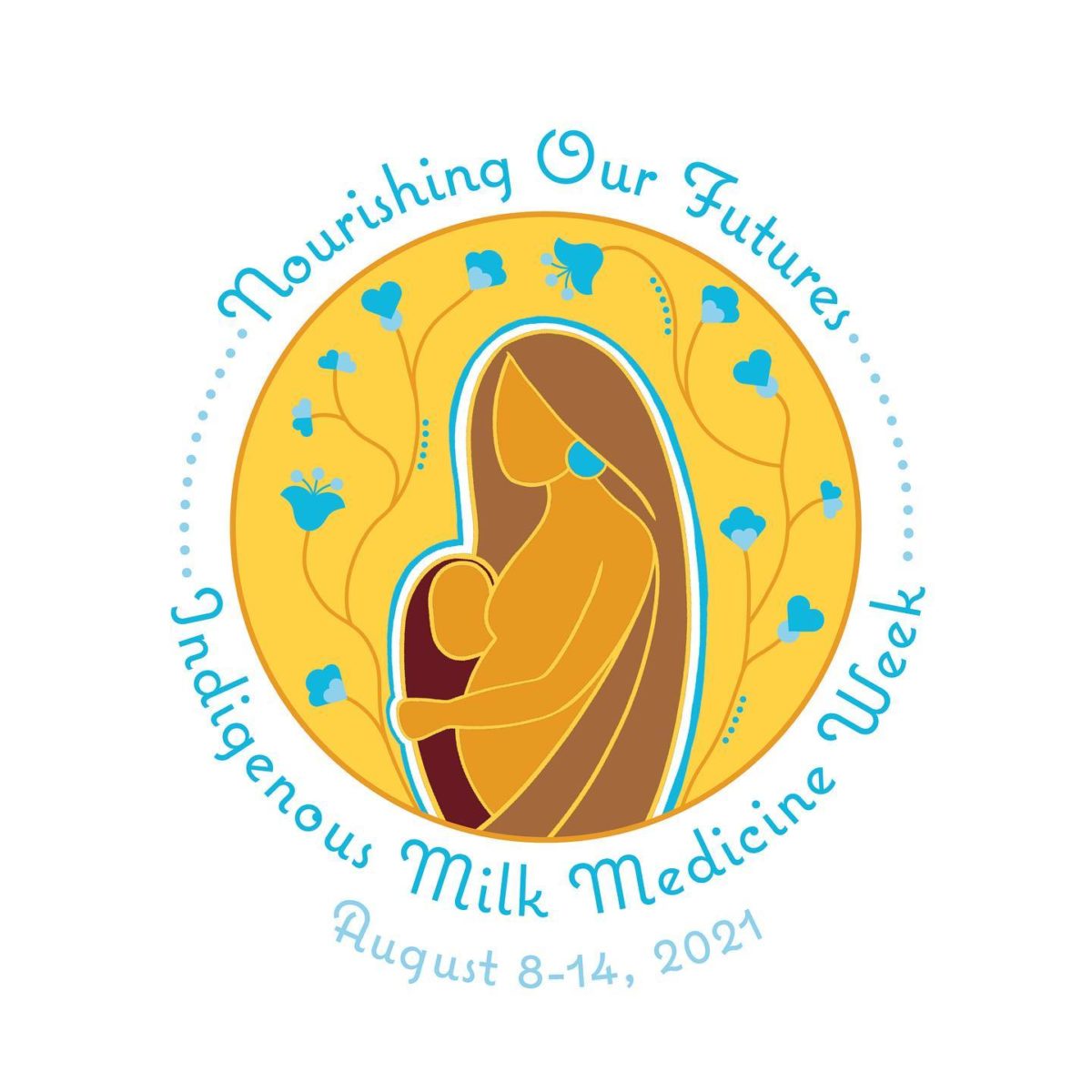Indigenous Milk Medicine Week: Nourishing Our Futures

1,000 Days respectfully acknowledges that our offices are located on the traditional lands of Piscataway and Nacotchtank people. Artwork by Erica Pretty Eagle Moore: @ericaprettyeagle.
The third annual Indigenous Milk Medicine Week is taking place this week, August 8-14. Formerly known as Native Breastfeeding Week, the weeklong celebration has now evolved to be more inclusive and to emphasize the healing power of those who breastfeed or chestfeed.
Native American children are breastfed at lower rates than the United States average. According to the CDC, 84.1% of all infants in the United States ever breastfeed, while only 80.7% of Native infants ever breastfeed. By six months of age, this disparity widens: only 19.6% of Native infants are exclusively breastfed, lower than the United States average of 25.6%.
The ongoing effects of historical trauma and structural barriers to accessing lactation support have affected breastfeeding rates. Family and community bonds were interrupted by the United States government’s forced relocation and assimilation programs, reducing the community’s ability to pass down traditions like breastfeeding. There are also few Native American lactation professionals in the United States, and other healthcare professionals are often more focused on issues like substance abuse than on lactation.
Indigenous Milk Medicine Week aims to help the community heal from this collective trauma. Courtney Peyketewa, a member of the planning committee, explains that Indigenous Milk Medicine Week exists “to increase support and resources, promote healing and wellness, and to provide stories and knowledge to the limited data regarding Native breastfeeding/chestfeeding and lactation.”
Learn more about Indigenous Milk Medicine Week by following @IndigenousMilkMedicineWeek on both Instagram and Facebook. Throughout the year, these accounts build community for Indigenous lactating parents and lactation supporters through statements of encouragement, news, and artwork that shares the joys and beauty of Indigenous breastfeeding and chestfeeding. Other social media channels uplifting Indigenous breastfeeders and chestfeeders include @CihuapactliCollective and the Navajo Nation Breastfeeding Coalition.
Looking beyond Indigenous Milk Medicine Week, there is more to be done to honor the power of Indigenous milk medicine and ensure that all families can meet their infant feeding goals. For example, more research involving or led by community stakeholders and elders is needed to inform lactation policies and programs. And importantly, all lactation support professionals need to practice cultural humility when working with Indigenous families.
